Daylight saved, but at what cost?
Source: Matteo Ianeselli / Wikimedia Commons.
Daylight savings ended on Sunday April 7 at 3am, turning the clocks back one hour and returning us to New Zealand Standard Time (NZST).
Fire and Emergency New Zealand advised the public to keep an eye on their smoke alarms. “Take the time this weekend to get prepared. It’s also a great opportunity to come up with a 3-Step Escape Plan with your family and practise it,” said Community Education Manager Adrian Nacey.
Aotearoa is a part of Daylight Saving Time (DST) history. In 1895, New Zealand-based entomologist George Hudson was the first to propose a form of DST. He had become enamoured with the idea while using his free time to collect insects, and wanted more hours of daylight for the task.
DST was first officially practiced in New Zealand in 1927. About one-third of the countries in the world follow DST.
DST changes can come as a surprise, especially when sleep patterns are interrupted. In 2022, sleep specialist Dr Tony Fernando told Re: News, “People have to get up earlier by an hour, which means that they're waking up earlier than what their body wants.”
Actor Ryan Reynolds is passionate advocate for permanent daylight time. He has produced comedic video advertisements about the issue: one in 2022 with Back to the Future star Christopher Lloyd credited as a “time expert”, and another in March 2024 with actor David Dastmalchian for the business Titan Casket.
In the video, Dastmalchian states that DST has been linked to increases in heart attacks and fatal collisions. “If an actual casket company doesn’t think it is worth keeping around, who does? […] At Titan Casket, we obviously have an interest in you dying, but we can wait.”
Smartphones typically adjust the time automatically. Analogue clocks, humans, and other time displays may require manual correction.

